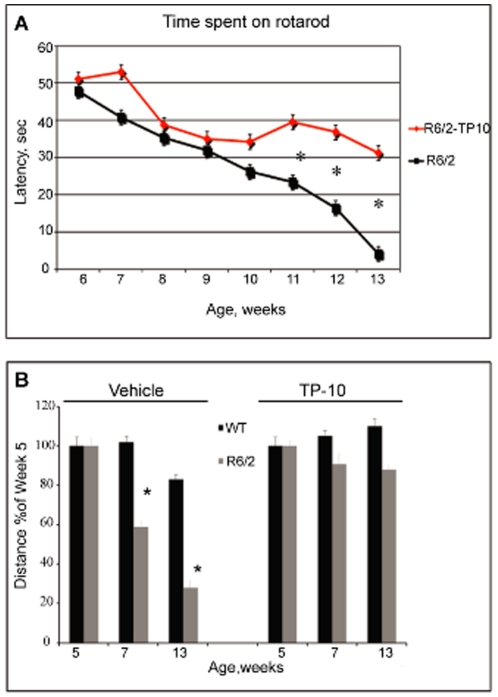Figure 3. The effect of TP-10 treatment on motor behaviors.
(A) Latency to fall from the accelerating rotarod in the R6/2 mice. A two way ANOVA indicated an overall significant effect of treatment (F(1,16) = 398,54; p<0.0000) and age (F(7,112) = 149,16; p<0. 0000) and a age X treatment interaction (F(7,112) = 27,4; p<0.0000). R6/2 mice treated with vehicle exhibited a progressive decrease in the latency to fall and this decrease was blunted by TP-10 treatment. Specifically, the TP-10 treated groups had a significantly longer latency to fall compared to the vehicle treated group at weeks 10–12 of age (*, p<0.0002). (B) Distance traveled in the open field at ages 5, 7 and 13 weeks. Total distance traveled during a 10 min test session is expressed as a percentage of the distance traveled at 5 weeks for each group (see Table 1 for data from which these percentages were calculated). Wild type mice treated with vehicle exhibited only a slight decrease in distance traveled over the repeated exposures to the open field. In contrast R6/2 mice treated with vehicle exhibited a progressive decrease in distance traveled. This difference between wild type and R6/2 mice was largely ameliorated by TP-10 treatment. The TP-10 treated R6/2 mice had a lesser decrease in distance traveled with repeated testing, as compared to the vehicle treated R6/2 mice. There was a trend for the TP-10 treated wild type mice to travel a slightly greater distance over repeated testing.

